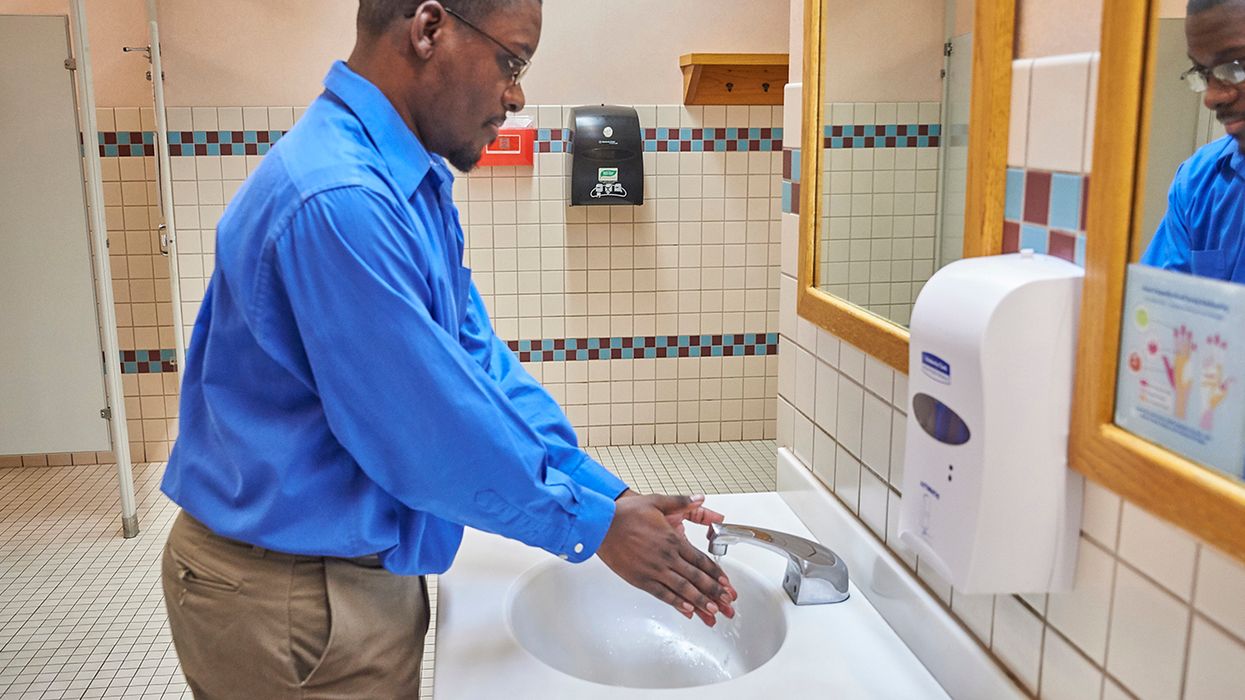Watching for FMLA leave abuse
Q: What do hunting, shopping, playing golf, watching the World Series or the Superbowl, blizzards, hurricanes, vacations, and gambling have in common?
A: None of these are qualifying reasons for leave under the federal Family and Medical Leave Act (FMLA).
Despite employers’ best efforts, some employees will try to find a way to use their FMLA entitlement to job protected leave for such reasons. Some may even go through the process of getting a certification for a dubious medical condition for intermittent leave, so the condition is on record in case they want to take time off in the future.
During certain events, as in our opening question, employers may see an uptick in the amount of FMLA leave taken. Although some employees might have legitimate reasons for leave during such events, too many employees taking leave at such times might raise suspicions.
How much FMLA leave do employees receive?
You don’t have to be Sherlock Holmes to catch culprits who are abusing FMLA protections. Actions you can take to help detect such abuse include the following:
- If an employee takes vacation the same time every year, and is turned down one year, only to ask for FMLA leave for that same time period, you may want to be on the lookout to make sure the reason for leave really qualifies.
- Watch for patterns of absence, such as those occurring predominately on Fridays or Mondays (or both), or before and after a holiday or event. Such patterns could be a sign that an employee is looking to stretch out their time off.
- If an employee takes FMLA leave has a condition or leave reason that requires exactly 12 weeks of leave, this might mean that the employee knows just how long the FMLA protections last, and you may want to ensure the reason for leave qualifies.
- If, during a discussion about an employee’s excessive absences, the employee claims that an absence should have been protected by the FMLA, the employee could simply be trying to avoid any discipline that may result from such absences.
- If you suspect abuse, investigate. Talk to the employee in question. Often, such heightened attention will call the employee’s bluff. If you have exhausted such tools as second opinions, recertifications, and periodic status reports, and still have an honest belief that an employee’s reason for leave does not qualify, you may want to use surveillance. If you do, it is best to stick to neutral, third-party professionals for this task. They can provide subjective information, and you won’t put company employees in the middle of a “he said, he said” debate.
- If leave is intermittent, and an employee’s certification indicates that he or she will be absent for two days per month and the employee is regularly absent for six, it’s time for a recertification. The employee might think that the certification provides for an unlimited number of days off.
- Listen to what other employees are saying about someone who is on leave. There have been cases where coworkers have provided information about employees who were supposed to be out on leave, but the coworker saw the employee doing something contradictory to his or her certified reason for leave.
- Train managers and supervisors to be on the lookout for potential abuse. They are on the front lines and are in a position to be exposed to clues. They are also too often the weak link in an FMLA compliance chain.
Key to remember: Most employees won’t be looking to abuse their FMLA protections, but every now and then, one might try to. Staying on top of the ones who do will likely send a message to others who could be considering such shenanigans that it might not be worthwhile.



















































